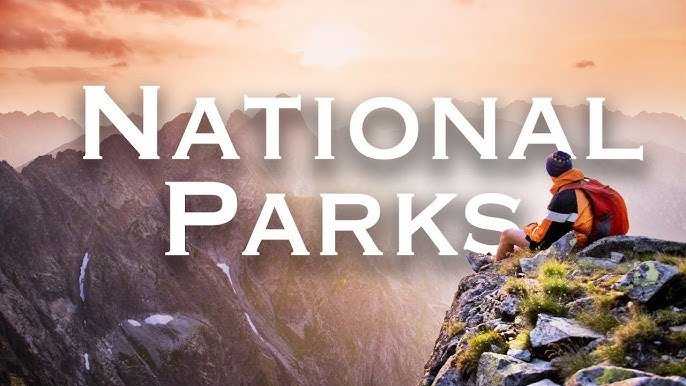Where to Go Instead of the Big US Parks This Summer: 4 Scenic and Peaceful Alternatives
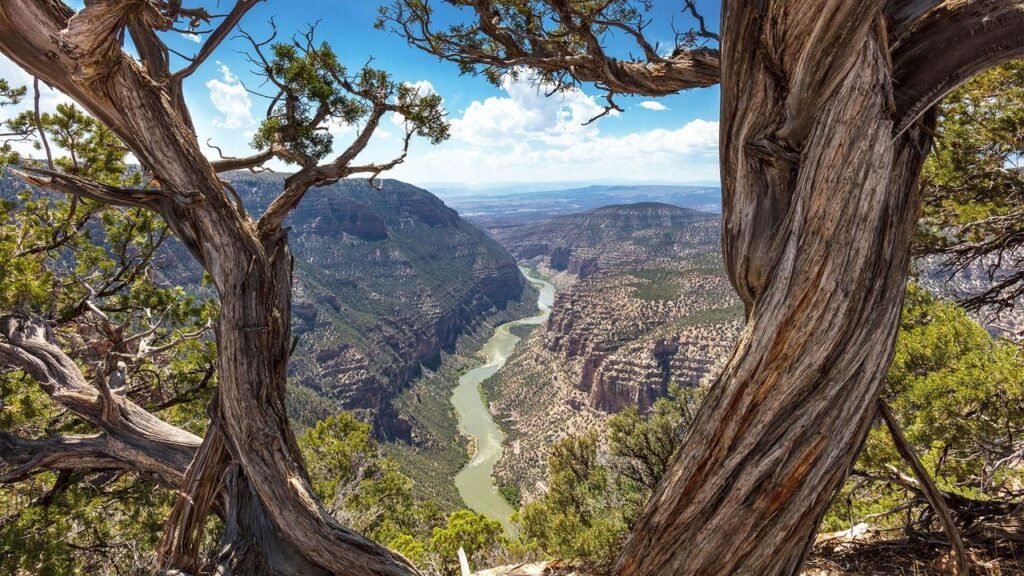
With over 400 sites in the US National Park System, America offers endless natural wonders. Every summer, however, top parks like Yosemite, the Grand Canyon, and Yellowstone draw overwhelming crowds, taking away the serenity many travelers seek. If you’re wondering where to go instead of the big US parks this summer, consider quieter, lesser-known destinations. These hidden gems offer the same awe-inspiring beauty, wildlife, and adventure—just without the congestion. Knowing where to go instead of the big US parks this summer can make all the difference for a peaceful and meaningful travel experience.
Dinosaur National Monument: Why This Is Where to Go Instead of the Big US Parks This Summer
Dinosaur National Monument spans 210,000 acres across remote parts of Colorado and Utah. This hidden gem features rugged canyons, vivid red cliffs, and some of the world’s richest dinosaur fossil beds. Since 1909, paleontologists have unearthed over 1,500 fossilized remains from 23 dinosaur species here, transforming our understanding of prehistoric life. It’s a prime example of where to go instead of the big US parks this summer if you’re seeking scenery, solitude, and science in one trip.
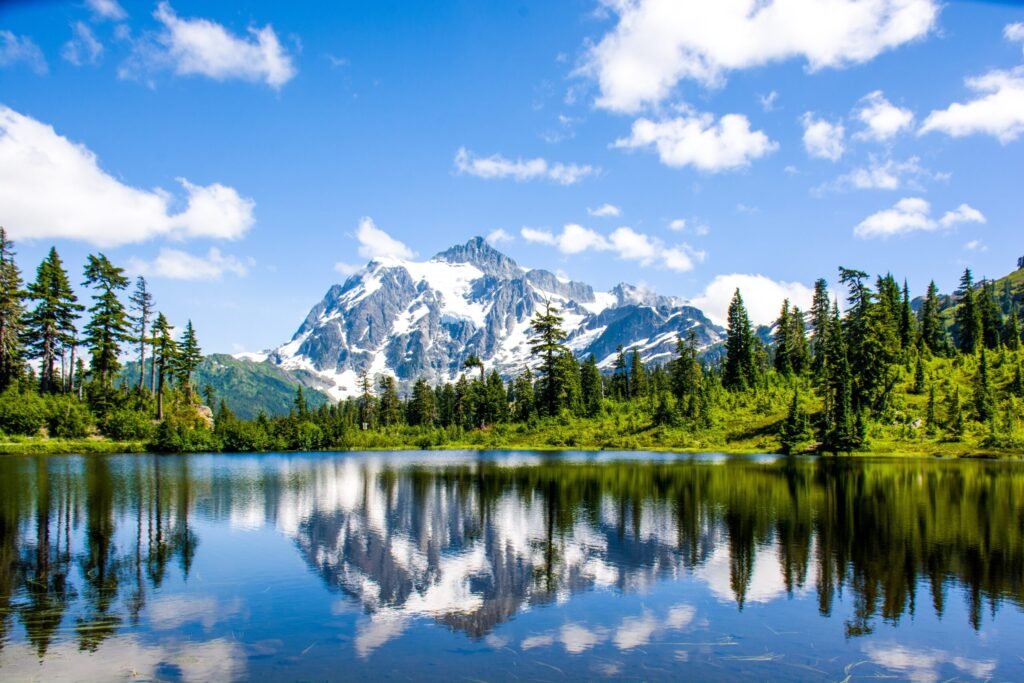
Today, visitors can experience the monument’s beauty by rafting the Yampa River, Colorado’s last free-flowing river. They can also explore the nearby Green River. These waterways offer challenging whitewater rapids, hidden waterfalls, and ancient petroglyphs. If you prefer staying dry, drive to Echo Park for panoramic views of towering canyon walls. Wildlife lovers can spot wild horses at the nearby Sand Wash Basin or visit the new Wild Horse Refuge—America’s largest sanctuary for mustangs.
What sets Dinosaur apart is its balance between preservation and visitation. Tom Kleinschnitz, director of Visit Moffat County, says, “The Yampa River’s riparian zone remains the most natural stretch of river in Colorado.”“It’s a critical habitat and one of the last places where visitors can play in such a pristine environment.”
Isle Royale National Park: Where to Go Instead of the Big US Parks This Summer for True Serenity
Isle Royale National Park sits tucked in the icy blue expanse of Lake Superior. This archipelago of 450 islands offers solitude, stunning landscapes, and rich history. Accessible only by boat or seaplane, it ranks among the least-visited parks in the US—and that’s exactly what makes it special.
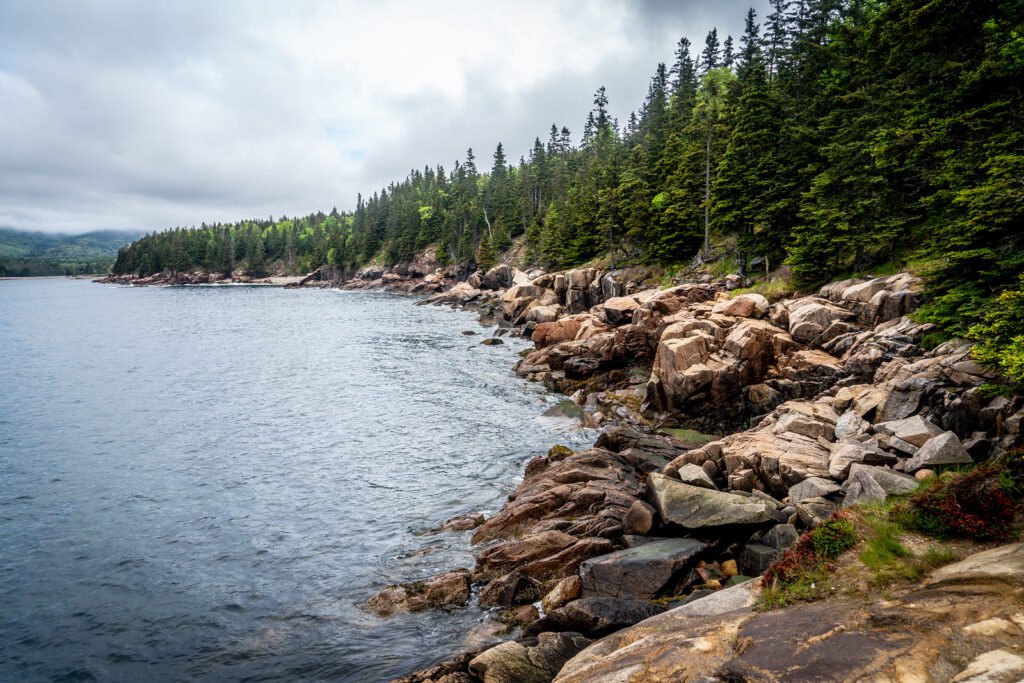
Once home to Native Americans who mined copper 8,000 years ago, the park is now a haven for moose, beavers, and freshwater fishers. Vehicles are banned here, encouraging visitors to explore on foot, canoe, or kayak. Ferries from Copper Harbor and Grand Portage drop visitors at Rock Harbor, where rustic lodges and lakeside campsites await.
Hike the Indian Portage Trail, paddle through the inland lakes, or simply relax by the water. Open only from mid-April to October, Isle Royale offers pure wilderness, far removed from everyday noise and tourist crowds.
Katahdin Woods and Waters National Monument, Maine: A New England Escape
If you’re planning a trip to New England, skip the overcrowded Acadia National Park and head to Katahdin Woods and Waters National Monument instead. This pristine landscape sprawls across 87,500 acres donated by Burt’s Bees co-founder Roxanne Quimby and features rich Wabanaki history, winding rivers, and majestic forests.
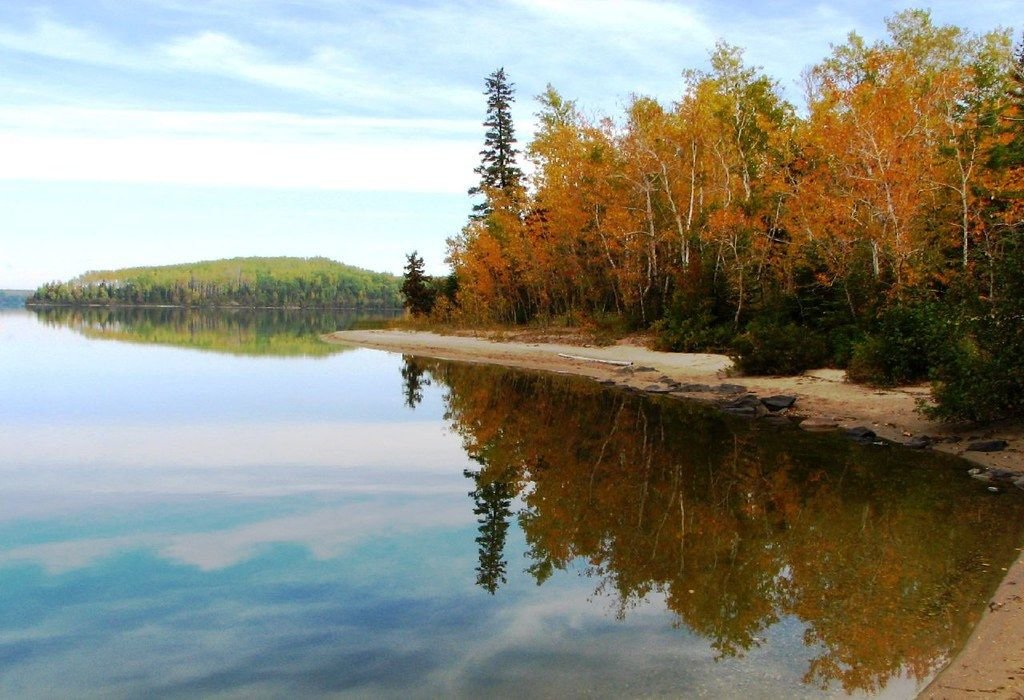
Located in the shadow of Mt Katahdin—the northern terminus of the Appalachian Trail—this monument celebrates Maine’s logging heritage. Visitors can explore cross-country skiing trails in winter, enjoy hiking, biking, and fishing in the summer, or marvel at the wildlife. Maine has more moose than any state except Alaska, and sightings are common in the monument’s dense woods.
Designated an International Dark Sky Sanctuary, Katahdin Woods and Waters offers some of the Northeast’s clearest stargazing. Head to the Katahdin Loop Road Overlook or Kimball Deadwater for unforgettable views of the night sky.
North Cascades National Park, Washington: The Alpine Secret
Just 2.5 hours from Seattle, North Cascades National Park is a high-mountain paradise that receives only a fraction of the visitors seen at neighboring Olympic or Mount Rainier National Parks. With more than 300 glaciers, alpine lakes, and rugged peaks, this half-million-acre wilderness is ideal for adventurous travelers.
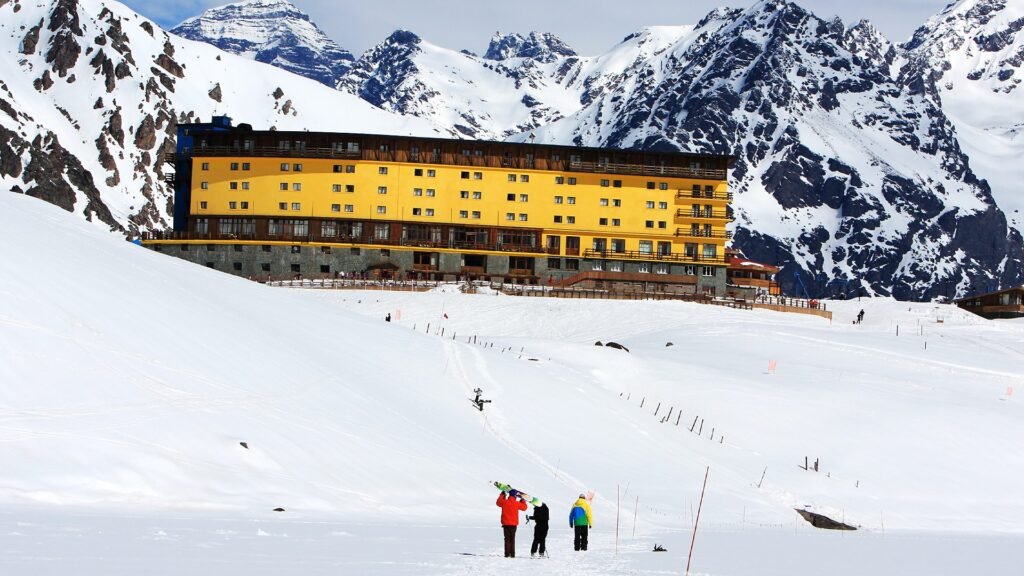
In spring, melting snow feeds dramatic waterfalls. Summer blankets the park in wildflowers—lupine, glacier lilies, columbine, and more. Hike the Maple Pass Loop for meadows and ridgelines or challenge yourself with the Cascade Pass and Sahale Arm Trail, which offers sweeping views of glaciers and granite cliffs.
Prefer to drive? Cruise along State Route 20, also known as the North Cascades Highway, for epic roadside views and peaceful picnic areas. Stay overnight at North Cascades Lodge in Stehekin, nestled beside a tranquil lake, and take part in astrophotography classes under some of Washington’s darkest skies.
Rethinking the Way We Explore
With rising visitor numbers, national parks across the US are feeling the strain. Infrastructure lags behind, wildlife is disrupted, and the wilderness loses its wildness. In response, organizations like Western National Parks Association are encouraging travelers to explore lesser-known gems like the ones above. The nonprofit has invested over $160 million to promote responsible tourism, support rangers, and protect fragile ecosystems.
Adventure tour companies, former park rangers, and nonprofits are all stepping in to guide people toward meaningful and low-impact travel. Outdoorable, for example, employs ex-rangers to offer custom trip planning, while Intrepid Travel now offers “Active-ism” tours that avoid the high-traffic zones of popular parks.
These alternative parks prove that you don’t need to sacrifice beauty or experience to travel responsibly. Instead of elbowing through crowds for a photo at a famous viewpoint, you can paddle a quiet river, hike through ancient forests, or stargaze in peace.
